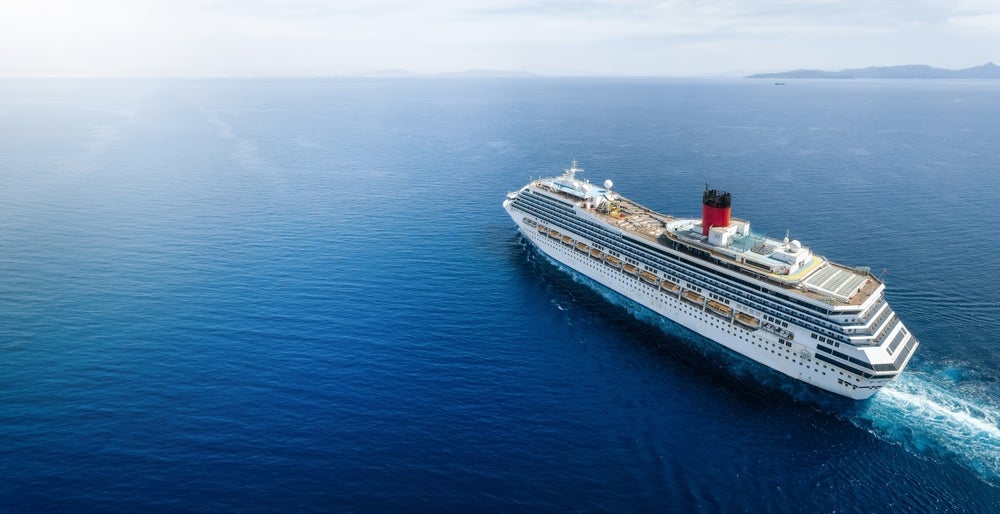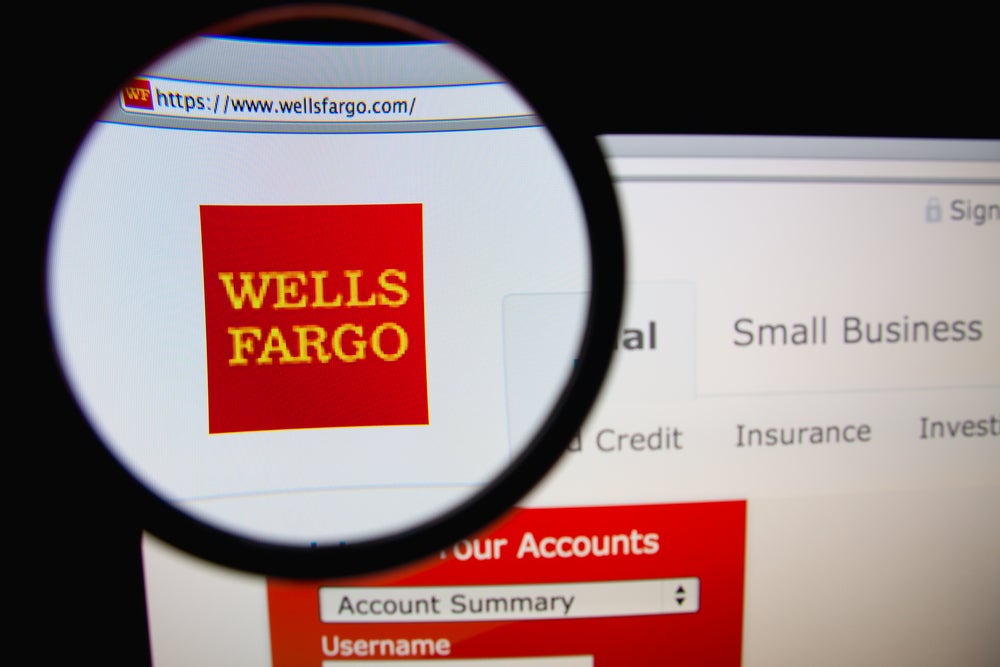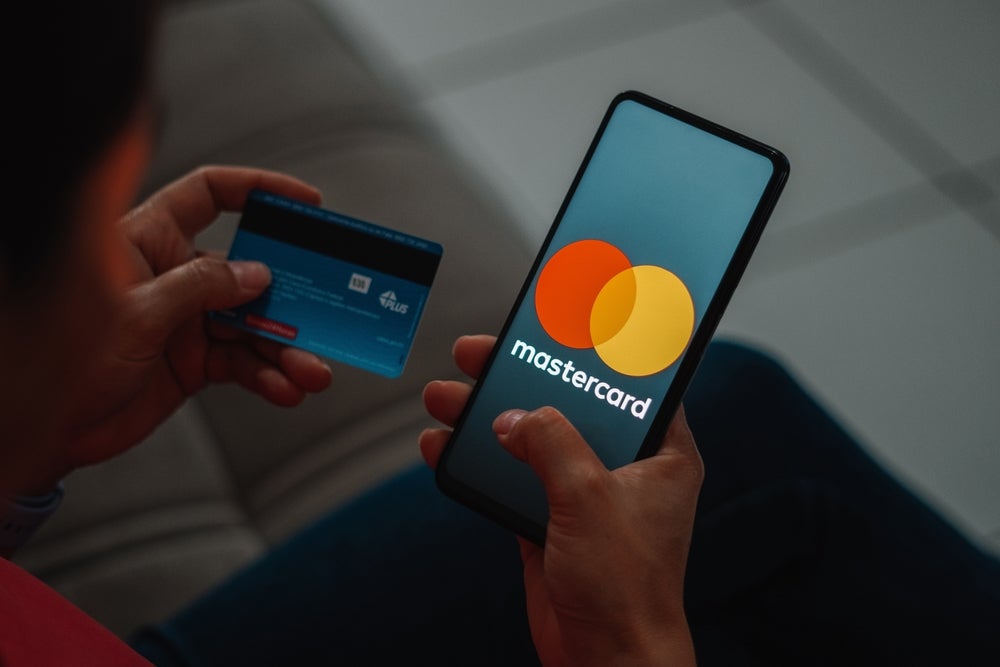The strength of Norway’s cards industry is the result of a robust economy, an efficient domestic debit card scheme (BankAxept), and an increasing consumer appetite. The average number of monthly card transactions, and the average annual spend per card are higher in Norway than in more developed markets
Electronic payments (e-payments) have gained ground during the last 10 years, as the government has invested substantially in building long-term infrastructure for cashless payments. Affordable and widely available financial products, a consumer preference for e-payments, a competitive marketplace and a transparent business environment will aid the move towards cashless payments.
The use of cash is declining among Norwegian consumers. Cash transactions are largely confined to rural areas and senior citizens. Banks such as DNB Bank and Nordea Bank Norge are making their branches cashless and are closing down ATMs to further reduce the country’s dependence on cash.
Cheques have almost been phased out in Norway, primarily due to the associated processing costs. Due to the availability of low-cost and secure e-payment instruments such as payment cards, credit transfers and direct debit, the use of cheques decreased significantly between 2010 and 2014.
A rise in the economically active population and per capita disposable income, the growing popularity of online shopping, the increased acceptance of cards at retail outlets and the adoption of Europay, MasterCard and Visa (EMV) standards supported the growth of payment cards over the past five years. This trend is anticipated to continue between 2015 and 2019.

How well do you really know your competitors?
Access the most comprehensive Company Profiles on the market, powered by GlobalData. Save hours of research. Gain competitive edge.

Thank you!
Your download email will arrive shortly
Not ready to buy yet? Download a free sample
We are confident about the unique quality of our Company Profiles. However, we want you to make the most beneficial decision for your business, so we offer a free sample that you can download by submitting the below form
By GlobalDataBankAxept maintains its stranglehold
Debit card use primarily grew in Norway, as BankAxept’s acceptance network created a convenient payment method with tight security. BankAxept cards were used 1.48 billion times in 2015; an increase of 3.6% over the whole of 2014.
BankAxept is the sole scheme provider of debit cards in Norway, and accounted for 100% of the debit card transaction value in 2014. Domestic debit transactions run through the BankAxept network, while overseas spending on cards is done via Visa. BankAxept is also offering contactless cards and m-payment solutions to consumers to maintain its dominant position.
BankAxept, however, is likely to come under greater competition from both of the main international schemes, Visa and MasterCard. Although Visa has its co-badging relationship with BankAxept, the company has been working hard on building its own acceptance network in Norway.
MasterCard is also looking at introducing a debit card into the market. It is considering the launch of a combo card product, which would feature both debit and credit card functionality. This approach has already achieved success for MasterCard in both the Danish and Finnish markets.

E-commerce market driving Norwegian payment cards market
E-commerce posted a CAGR of 14.68%, increasing from $6bn (NOR36bn) in 2010 to $10.3bn in 2014. High internet and mobile penetration, economic growth, a large young population, consumer confidence in online transactions and the presence of secure online gateways are driving e-commerce.
According to a 2012 survey on e-commerce in Norway by DIBS Payment Services, online purchases from foreign sites were more popular than from domestic sites. The survey indicated that travel and services, clothing and sportswear were the most popular online purchases among Norwegian consumers. Consumers prefer to shop on foreign sites to benefit from the exemption of the 25% value-add tax (VAT) on goods and services valued less than $25.40 purchased abroad.
When making an online purchase, Norwegian customers prefer conventional payment instruments such as payment cards and credit transfers for online purchases. However, alternative payments such as digital wallets, mobile wallets and carrier billing are gaining more prominence.
Digital and m-payments are gradually gaining prominence
For online purchases, Norwegians mostly use conventional payment instruments such as payment cards and credit transfers. Payment cards accounted for 65.3% of the total e-commerce transaction value in 2014, followed by credit transfers with 11.5%.
Alternative payments, such as digital wallets, mobile wallets and carrier billing, are now gaining prominence among online shoppers. Collectively, they accounted for 7.7% of the total e-commerce transaction value in 2014; an increase from was 5.2% in 2012. Seqr, mCash and MeaWallet are some of the options available to Norwegian consumers.
To benefit from the growing m-payments market, Danske Bank launched a new m-payment service – MobilePay – in September 2015, partnering with 100 retail outlets.

Contactless payments to increase scope of card payments
The ease of making quick payments using contactless cards has grown in popularity among both consumers and retailers in Norway. To benefit from this trend, DNB Bank, Danske Bank and Svenska Handelsbanken are offering contactless cards.
To increase their uptake, banks are trying to differentiate their product offerings by introducing new features. In May 2015, Danske Bank announced that the bank is planning to rollout MasterCard-branded contactless cards featuring an integrated fingerprint sensor in 2016. The project is still in the pilot stage, and is being developed in partnership with the Norway-based company Zwipe.
Rising POS terminal installations to drive card-based payments
The number of POS terminals in the country recorded a CAGR of 3.81%, rising from 123,491 in 2010 to 143,398 in 2014. The expansion of the retail sector is expected to lead to growth in the number of POS terminals over the next five years, to reach 155,553 in 2019. The installation of POS terminals at retail outlets is expected to increase the potential of card-based payments.
iZettle offers two types of mPOS terminals: Lite and Pro. Lite was introduced in February 2015. The terminal can be connected to a tablet or mobile phone, while Pro can be connected wirelessly via Bluetooth. Pro also has a separate built-in screen. Lite is offered free of charge, while Pro is available for $118.90 (NOK749), excluding taxes.
To compete with iZettle, Nets launched its mPOS terminal, Nets Miniterminal iCMP, in 2015, which works via an app on a smartphone and tablet. The mPOS terminal is available for $206.30. The Nets Miniterminal iCMP mPOS terminal accepts BankAxept, Visa and MasterCard-branded cards, while iZettle mPOS terminals accept Visa, MasterCard, VPay, Maestro, JCB and Diners Club, but do not accept BankAxept.

Retail and tourism sectors supported payment cards market
Retail sales in Norway increased in the past five years, going from $60.6bn in 2010 to $67.9bn in 2014. Growing optimism regarding the economic growth, coupled with a steady rise in household income and supported by lower interest rates, led to a growth in retail sales between 2010 and 2014. With banks offering instalment facilities and flexible repayment options, the retail sector is anticipated to gradually grow in the near future. However, retailers in Norway are facing stiff competition from e-retailers, as they are able to offer products and services at lower prices.
The country recorded an increase in the number of outbound trips and expenditure in recent history. Outbound trips increased from 7.6 million in 2010 to 9.2 million in 2014, and are anticipated to reach 10 million in 2019. In line with increase in outbound trips, expenditure increased from $13.5bn to $18.3bn between 2010 and 2014. Over the next five years, the growth of the tourism industry will be driven by the relatively stable state of the economy, and promotional activities by the Norwegian tourism authority.







